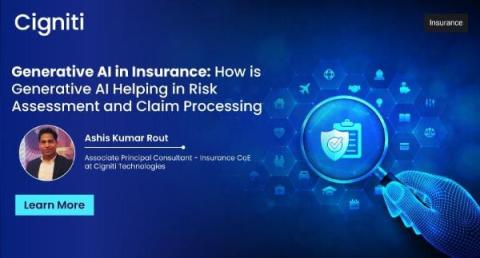Generative AI in Insurance: How is Generative AI Helping in Risk Assessment and Claim Processing
Generative artificial intelligence represents a category of AI that utilizes generative models to produce text, images, or other forms of media. These models grasp the intricacies and structure of their input training data, enabling them to generate new data with similar characteristics. In insurance, generative AI plays a pivotal role in expediting digitization processes.











